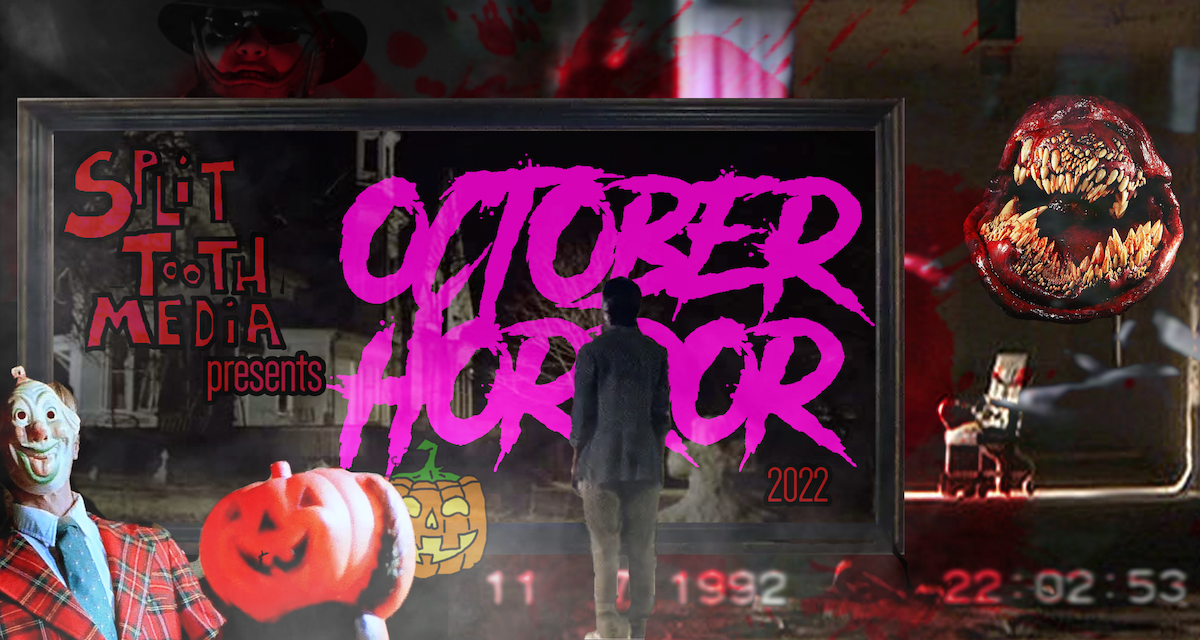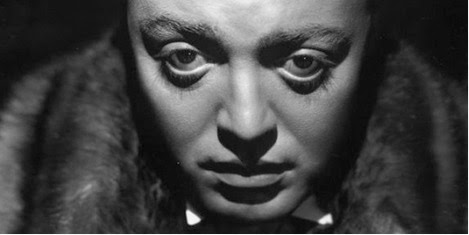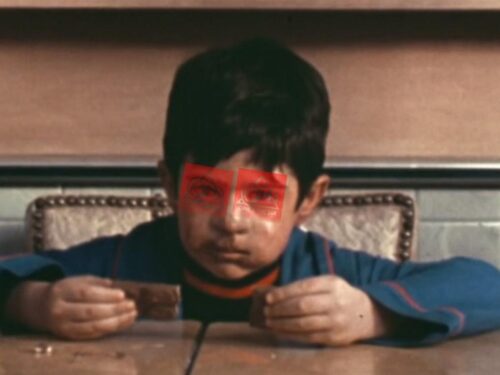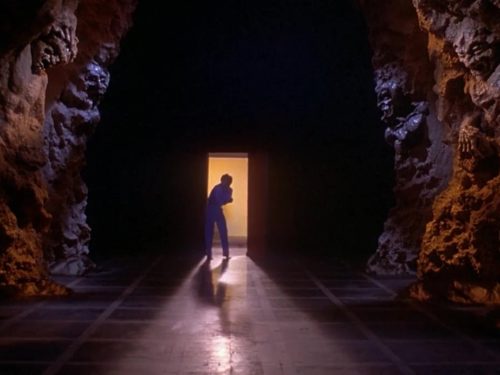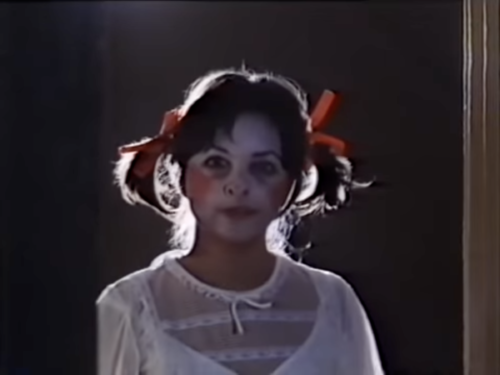Continuing his series devoted to The Hands of Orlac film adaptations, Steve Collins next looks at Freund’s 1935 reimagining from the perspective of Orlac’s doctor
As much as there is a mystery regarding where art comes from and how it is expressed through an artist and into their art, there is also mystery and danger in how it reaches and is experienced by their audience. Eleven years after Robert Wiene made his 1924 silent adaptation of The Hands of Orlac, his fellow German Expressionist Karl Freund — the cinematographer of Metropolis and The Last Laugh — adapted Maurice Renard’s novel as Mad Love in 1935. Where the source novel and Wiene’s film focus on the turmoil erupting from an artist denied his art, Mad Love explores the madness of an audience member denied their favorite artist.
Read Pt. 1 of The Many Hands Of Orlac: Robert Wiene’s The Hands Of Orlac (1924)
Freund shifts the narrative’s perspective from that of the wounded pianist, Orlac, to Dr. Gogol, the man who performs the fateful transplanting of Orlac’s hands. The scientist on film is often used as the inverse of the artist. Half the time scientists show up in movies they are mad doctors who take their experiments too far. The artist puts emotion ahead of logic; the scientist, logic ahead of emotion. The artist and scientist are movies’ way to explore the head and heart out of whack.
Mad Love situates its mad scientist as the artist’s most committed audience, the one who gets confused between fantasy and reality. But Dr. Gogol — played with great vulnerability by sad-eyed Peter Lorre — isn’t interested in Orlac’s music; he’s obsessed with Orlac’s wife, Yvonne, a famous stage actor. Gogol, a respected and successful physician, is distressed when Yvonne decides to retire and spend more time with her famous husband.
We are introduced to Yvonne Orlac (Frances Drake) on display as a wax figure in the theater lobby as Dr. Gogol soaks up her likeness in a deep, unhealthy stare. When we see Dr. Gogol looking at the wax replica of Yvonne, Freund uses the real actress in place of the wax statue when showing us Gogol’s point-of-view, force-feeding us the uncanny connection that Gogol is feeling. He uses this technique throughout the film to place us at the center of the conflict between what is real vs. what is representation, reminding us that cinema and theater run on our interest in this one-way watching.
On the closing night of Yvonne’s play, Dr. Gogol sits in his private theater box. We have been told he has purchased it for every night of the show’s run, and he is especially riveted as it is his beloved actress’ final performance. As the show plays out, he peers out from behind a curtain, a shadow cutting his face in two — a thief stealing a look. Lorre’s head is shaved bald for the role, directing all our attention to his melancholy eyes. The lighting cast upon Gogol’s gaze is as seductive as what is being seen. Gogol is clearly doing a different kind of watching. Together we see a scene where Yvonne plays a woman bound and interrogated, her arms splayed out and tied. Dr. Gogol is an uncomfortable partner to view this with — like looking over at your date to the movies to find he showed up in a trench coat and sweatpants. Movies, unlike a play, can restrict your vision to one perspective, and Gogol’s leer is an icky one. The even deeper ick is the comparison it suggests to us as audience members; Freund partners us with Gogol to question what we’re both doing in the dark.

An artist works hard to control how their art communes with their intended audience. But once the art is presented, it’s out there loose in the mind and heart of the audience. Now they own it. They can refuse to see it as it was intended; they can covet it like perverts. Gogol doesn’t take Yvonne’s performance as intended: He creates a fantasy version of her in his head, and he won’t let it go. Dr. Gogol is clearly an artist’s nightmare audience member, but at the core of his watching he’s following the instructions of the artform. Yvonne needs us to make a relationship with her performance for her work to properly function, and if the performance is well-executed, her spectators will feel something authentic, something real out of the make-believe on stage. We’re also, of course, supposed to know how to separate fiction from reality in our reception of the performance. Gogol is terrible at this part. His obsession with Yvonne is the darkest extension of artistic representation: What if once art lifts us out of our reality, we don’t want to come down?
Fitting Mad Love’s focus on the audience, instead of having Orlac’s train accident open the film, Gogol’s reaction to Yvonne’s retirement is the inciting crash. The news hits like a thundercrack across Dr. Gogol’s face. Her departure from the stage is the equivalent of the loss of Orlac’s hands. No hands means that Orlac cannot create his music; no Yvonne means Gogol cannot play out his fantasy relationship with her. Adding insult to injury, Yvonne leaves the stage to spend more time with her husband, pianist Stephen Orlac (played by Dr. Frankenstein himself, Colin Clive). It’s a bad day for Dr. Gogol: his opportunity to watch her is over and she’s married. Desperate for some consolation, Gogol buys the wax statue of Yvonne and takes it home. This replica replaces the image of severed hands as the locus of Orlac’s conflict. Orlac still loses his hands in Mad Love, but in shifting the narrative focus away from Orlac’s artistic plight, they don’t carry the same storm as the novel or Wiene’s silent adaptation.
The doctor returns home with his statue to a large drawing room not unlike Orlac’s from the 1924 version. Gogol has a piano at the room’s center with a mirror on top that he tilts to catch the reflection of the wax figure standing behind him as he plays. It’s the behavior of a scientist, assembling the parts to reproduce the same results, like trying to reconstruct the conditions of an experiment. Dr. Gogol speaks to the wax statue of the myth of Pygmalion — in which a sculptor falls in love with his sculpture, Galatea, and she comes to life in his arms to be by his side forever. He sees himself as Pygmalion, the artist, despite the fact Yvonne is the one on stage doing the work.
The real Yvonne has been thoroughly creeped out by her No. 1 fan in the past. But Orlac’s train crash forces her to appeal to Dr. Gogol to save her husband’s crushed hands. Dr. Gogol sews on the hands of Rollo, a knife-throwing killer who has been recently beheaded (and subsequently de-handed) for his crimes. The operation goes as planned, and Rollo’s hands work but don’t bring back Orlac’s skill at the piano. With Orlac’s future as a provider threatened, Gogol makes a move for Yvonne and is rebuffed. When the doctor discovers that Orlac is arguing with his father over money, he devises the plot to kill the father and frame the son so he can have Yvonne for himself. In the original version, it is the conman Nera who tries to frame Orlac for his father’s death to blackmail him. Now the motivation is no longer financial. It’s about Gogol’s mad love for Yvonne — his desire to own his beloved artist. With each change to the original story, Mad Love plunges us deeper into Gogol’s psychology as much as the original does with Orlac’s identity crisis. Mad Love’s success as a remake is the totality with which it rejects the original film’s point of view; it perverts the original work like Gogol perverts the audience/artist relationship.
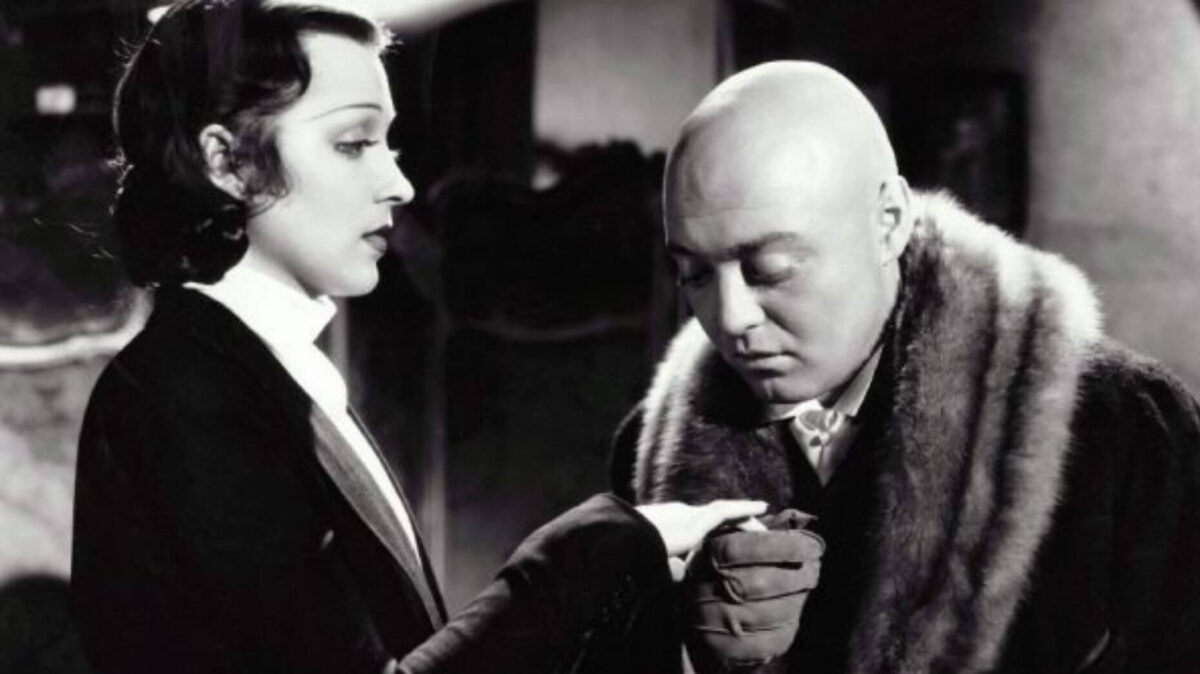
Mad Love is loaded with scenes built around double visions and sonic deceptions. When Gogol talks himself into his murderous plan, he retreats from an operating room mid-surgery into a room filled with mirrors. The multiple mirrors create a funhouse effect as Gogol collects his diseased thoughts. The boldness of the mirrored visual design shows how committed Freund is to keeping us on the trail of Gogol’s questionable perception. Gazing into a mirror for answers, Gogol’s own reflection, dressed in scrubs, dissolves into a fully composed tux-wearing image of himself, which successfully convinces him to kill Orlac’s father. Another false double comes when Gogol’s drunk housekeeper goes to open the door to find the real Yvonne standing there. Freund shoots her point-of-view in drunk-o-vision double: two Yvonne’s superimposed and swirling. In the Orlac home after Stephen’s surgery, Yvonne hears music playing in the drawing room and recognizes her husband’s playing. She rushes to congratulate him on his recovery only to find an empty piano. Where did the music come from? Her husband is in another corner of the room playing a record of an old performance. These aural and visual illusions keep directing us to the audience’s role in participating in the illusion of art, whether listening to a record and feeling you know the composer or watching a play and feeling you know the actor, these relationships are both real and not real. We observe the confusion taking place throughout the film, but more importantly, we are put through it ourselves.
In one of the film’s most chilling scenes, Orlac is called to meet someone claiming to be the decapitated Rollo. This dark figure sits obscured in the shadows and talks Orlac into believing he killed his father. The alleged Rollo leans into the light to prove his identity, raising gleaming metal hands, a leather neck brace laced tight, its compression contorting his appearance, his face further concealed with round welder’s glasses and a floppy brimmed hat. It’s something out of a steampunk nightmare. Even more shocking, in the subsequent scene we see it was Dr. Gogol in disguise. The scientist has become a convincing actor. The Rollo performance is an extension of the audience-as-artist role Gogol was attempting earlier when he brought his wax statue home and played piano while staring at it in the mirror. Like the scientist he is, Gogol’s Rollo performance is very physical, constructed and Frankenstein-ian, but it is also in line with what a real actor does, assembling props and costumes to become the character. Gogol’s idea of himself as a creator has become more committed and grotesque. Where Yvonne undergoes this same process and earns loving applause, Gogol does it for screams.

The climax of the film has Yvonne sneak into Gogol’s house and inadvertently catch him coming home dressed as Rollo. She accidentally knocks over her own wax replica as Gogol is about to come into the room. Gogol enters and the fallen statue appears to be up and standing. Once again, Freund plunges us into that uncanny valley between representation and reality. As we stare at the statue, we notice it is the real Yvonne standing in its place. We’ve seen this before in Gogol’s mind, but now we know it’s real because the statue is shaking with fear. Knowing Yvonne is actually there as Gogol stares at what he believes is his wax statue, the film adds the element of an actor who can stare back at their audience and, most certainly, does not want to be there for their response. But when Gogol’s pet bird gets startled, flies off, and scratches Yvonne’s cheek, the wax illusion breaks as a drop of blood appears on her face. Seeing this as a sign of life, Gogol grabs Yvonne in ecstasy. He believes his Pygmalion dream has come true — she is alive!
As far away as Gogol’s mania may seem from our own behavior while watching the film, this feeling of artifice coming to life is what many audience members ask for when they sit down in a theater. As Yvonne’s screams shatter Gogol’s fantasy like an actor going off book, the doctor decides to strangle her to fix the problem, not unlike an out-of-control director. Orlac arrives in the nick of time and puts those murdering hands to use by hurling a knife at Gogol’s back to save his wife. The final shot of the film is given not to the reunited and safe couple, but to the dying monster. The film closes so that our relationship with Gogol, our fellow audience member, sits with us well after Mad Love ends. Freund elevates Mad Love above being merely the tale of a tragic and deranged audience member who tries to be an artist, to being an artful tragedy itself — one that questions our seemingly harmless role as viewers.
Stream Mad Love on Amazon Prime
Purchase Mad Love from Amazon
Stay up to date with all things Split Tooth Media and stream Steve Collins’ latest film, I’ve Got issues
(Split Tooth may earn a commission from purchases made through affiliate links on our site.)
Find the complete October Horror 2022 series here:
